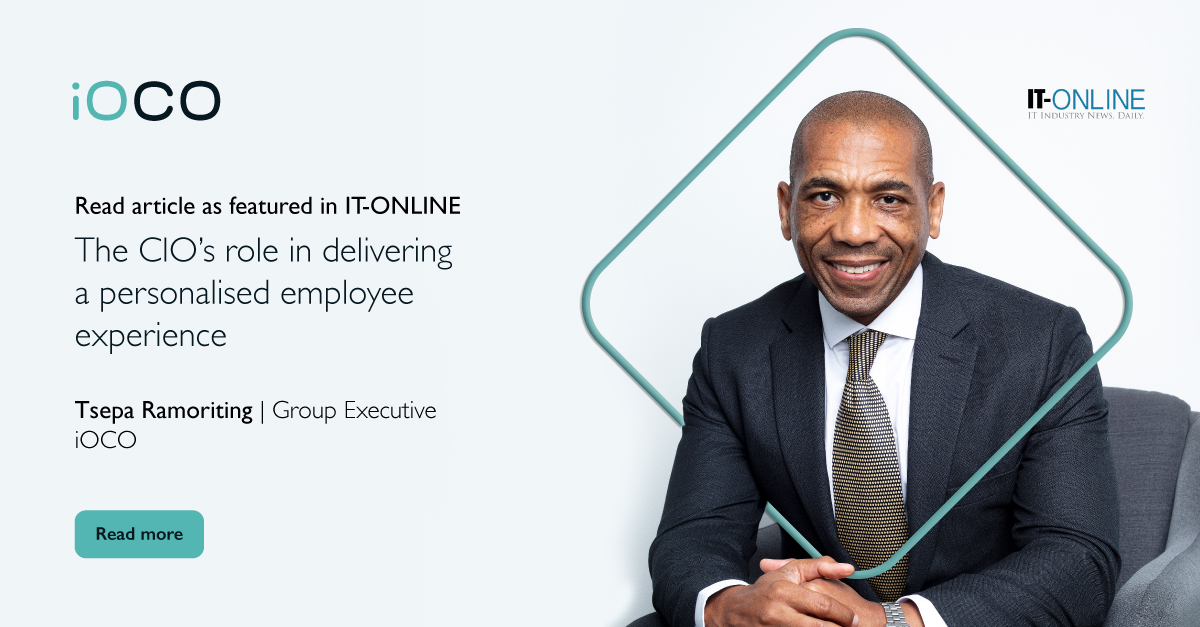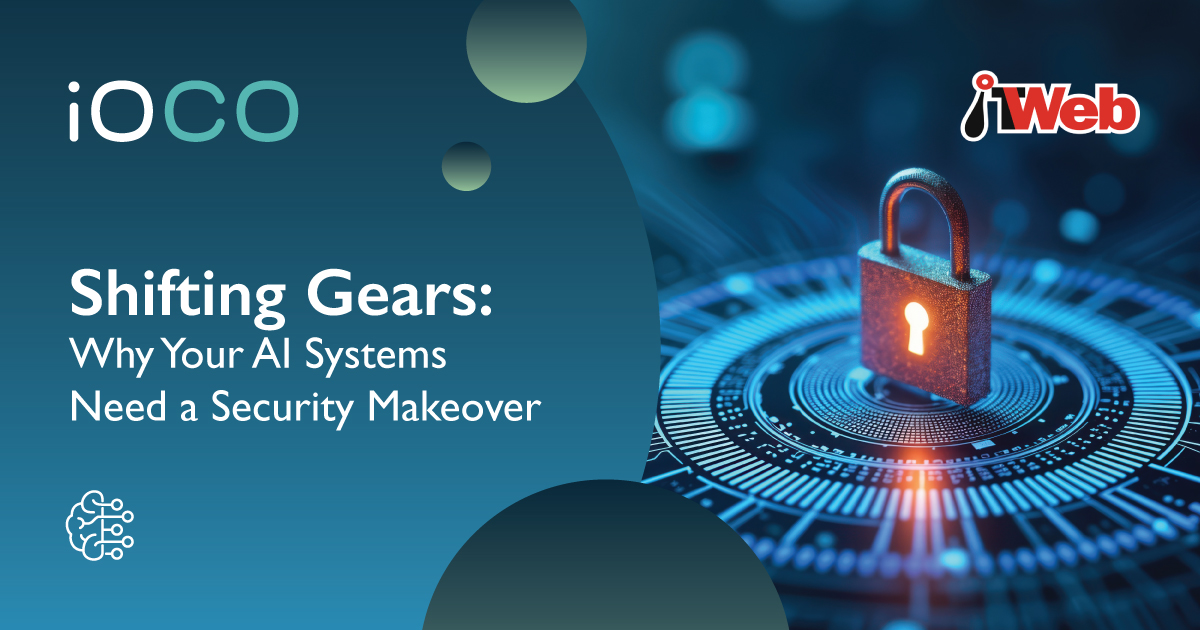The pandemic has placed CIOs at the forefront of organisational change, with greater influence on organisational strategy and resource allocation as technology takes centre stage.
According to IDG’s 2021 State of the CIO Survey, 96% of CIO respondents reported an expansion of their management responsibilities, while 81% reported an increasing focus on IT innovation and new technologies to enhance client and employee solutions.
Depending on the industry, CIOs are expected to drive digital transformation, while providing remote work infrastructure and navigating widely differing degrees of connectivity. They need to consider productivity and physical-space management solutions, while enabling employees working from home to access office resources like furniture and screens. And they have to do all of this in a context that doesn’t allow any compromise in security, despite the vastly expanded zone of control required.
Expectations of IT departments, too, have changed. Downtime is even less of an option than it was previously. High availability requirements continue to suggest cloud as the preferred platform, while hybrid approaches that integrate legacy mainframes with cloud components are also proving their ability to deliver. In addition, we’re seeing increasing use of intelligent automation in customer-service and other roles, freeing people up from mundane or error-sensitive activities, while reducing costs and improving employee experiences.
I have been surprised and impressed by the degree to which a lot of organisations have been able to pivot and continue to do business under these conditions. We are immensely adaptable. Certain ways of working and living that would have been unimaginable two years ago have become commonplace.
South Africans, in the main, have adapted to remote work admirably. I recently contacted a video call centre and spoke to a young woman who cheerfully assisted me with her baby on her back. We had a conversation about the child, and then she solved my issue efficiently and cheerfully. We’re seeing a blending of our work and domestic lives which suits some people well.
But it’s not the case for everyone. According to Microsoft’s 2021 Work Trend Index, 54% of employees feel overworked, with 39% reporting exhaustion – anecdotal evidence suggests this is also an issue for many South Africans. Others experience boredom, anxiety and loneliness as they contend with the disruption of routine, the absence of normal interaction with work colleagues and concerns about job security.
One of the biggest divides created by the pandemic has been the differing experiences of those well-equipped to work remotely and those struggling with inadequate spaces, connectivity, and equipment. We’ve found that across large organisations, only 25-30% employees typically have access to domestic fibre/wireless. Diversity and equal opportunities need to be entrenched if we are to keep our people motivated, engaged and productive in this new world of work.
While technology is an enabler, solutions to these challenges are not simply a matter of finding the right communications platform or workspace app. The CIO’s job is more about people than ever before, even as the solutions they seek are at the cutting edge of innovation. According to the State of the CIO survey, 49% of IT heads see improving the employee experience as an increasing priority.
CIOs need to be part of driving a fundamental culture shift, led from the top. In fact the entire C-suite needs to come together to create a new set of norms and behavioural patterns, and all the policy and framework support that goes with that.
But the best ideas are not always formulated at c-suite level, and the more layered an organisation is, the more they’ll struggle to adapt. You have to break layers to allow these ideas to be accessed by executives. A free flow of information is an essential ingredient for your ticket to innovation and competitiveness.
The CIO has a critical role to play in creating an effective new workforce ecosystem, one that starts with consultation, understanding objectives and capabilities, and then the development of, ideally, a unified platform or “super app” that gives employees everything they need, from hiring and onboarding through to a lasting, productive employee/employer relationship.
The hybrid workforce of the future is culture-driven, led by the employee experience and it allows for seamless, secure, and stable transition between virtual and physical environments. Delivering sustainable growth and stakeholder returns will depend to a large extent on how well companies can enable a culture of virtual collaboration and productivity, target inefficiencies and take advantage of new models of employment.
by Tsepa Ramoriting, group executive of iOCO Technology



